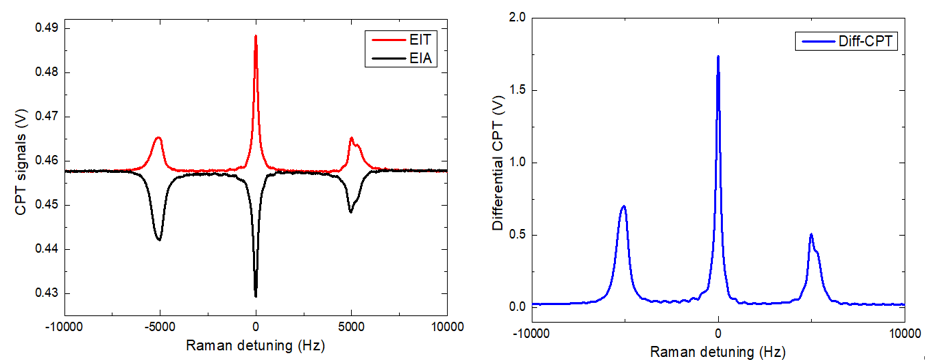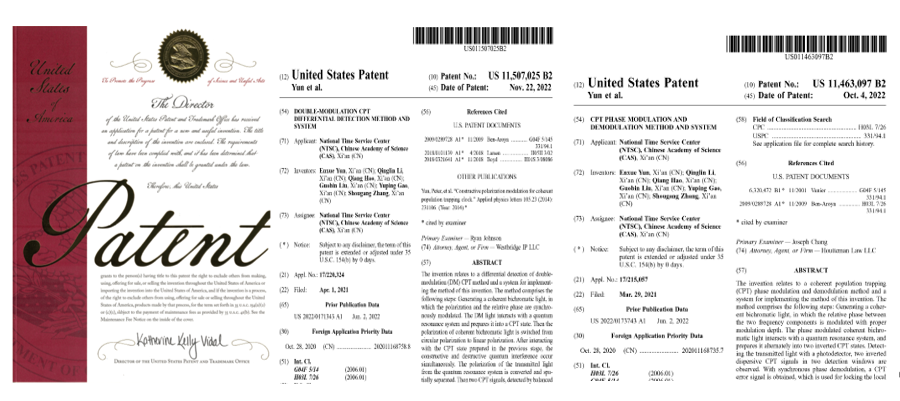Scientists from the National Time Service Centre (NTSC) of the Chinese Academy of Sciences (CAS) proposed original schemes for coherent population trapping (CPT) resonance, which will help to implement compact and high-performance CPT atomic clocks.
These clocks will provide crucial technical supports for deep space exploration, micro/nano satellite, high-speed communication, UAV formation networking, portable GNSS receiver, underwater resource exploration and other applications that require high-precision time but constrained on size, weight, and power consumption (SWaP).
Current chip-scale atomic clock (CSAC) products are all based on CPT resonance with microwave cavity free and simple structure.
CSAC, with the size of a match box, plays more and more important role in aviation, aerospace, civil and other fields.
"However, the performance of frequency stability of current CSAC is around 3E-10@1s, there is still large room for improvement." Said Prof. Yun Enxue from NTSC, leader of this research team.
In order to improve the frequency stability of CPT atomic clock while maintain its compactness, scientists propose and demonstrate original CPT configurations, in which electromagnetically induced transparency (EIT) and electromagnetically induced absorption (EIA) are observed simultaneously, a differential CPT signal is also obtained by subtraction of EIT and EIA signals.
Those methods obtained a series of invention patents authorizations in China and the United States recently.
In these inventions, CPT resonances with doubled amplitude and suppressed common-mode noise are observed. The patented CPT schemes with enhanced signal-to-noise ratio (SNR) of CPT signals will help to implement high-performance CPT atomic clocks, atomic sensors, precision spectroscopy, etc.

Fig. 1. Typically observed simultaneous EIT and EIA signals(left), as well as a high SNR Diff-CPT signal (right), which is beneficial for the development of high-performance CPT atomic clocks.(Image by YUN)

Fig. 2. A series of patents for invention of high-performance CPT atomic clocks (left), the first US patents (middle), the second one (right).(Image by YUN)
CONTACT:
XIONG Tiantian
National Time Service Centre, CAS
 Print
Print